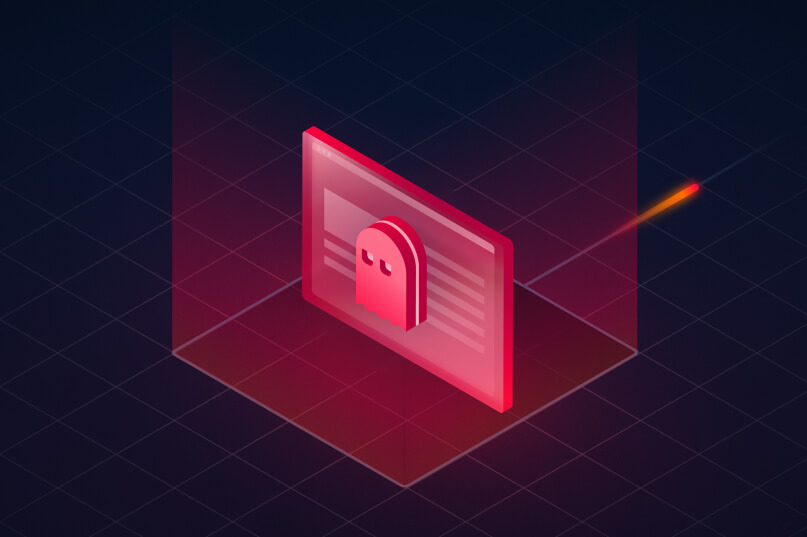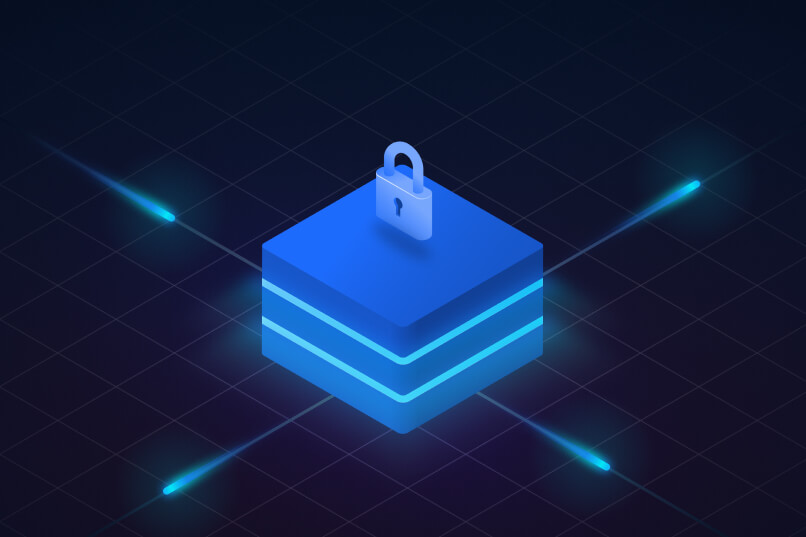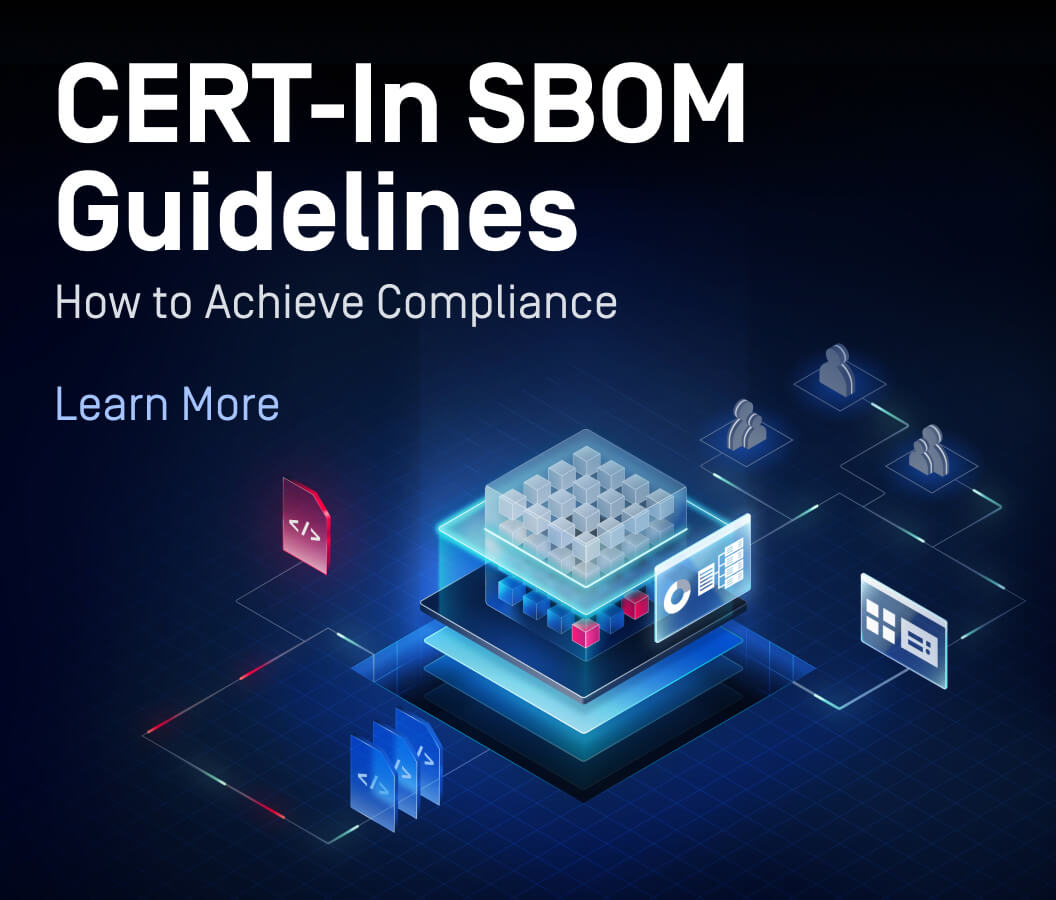As cyberthreats continue to evolve in complexity and frequency, organizations must adopt advanced strategies to protect their digital assets. One such strategy is security automation, a crucial component in modern cybersecurity frameworks.
By leveraging automation, businesses can enhance their ability to detect, prevent, and respond to cyberthreats efficiently, saving valuable resources and improving overall security posture.
What is Security Automation?
Security automation uses software and automated processes to identify, analyze, and respond to cybersecurity threats without significant human intervention. It is a fundamental aspect of modern cybersecurity automation strategies, helping organizations maintain robust security operations efficiently.
Key Aspects of Security Automation:

Automated Threat Detection and Response
Rapid identification and mitigation of threats, reducing exposure time.

Reduction of Manual Effort
Minimizes reliance on human intervention, increasing accuracy and consistency in threat management.

Integration into Security Operations
Works seamlessly with existing security frameworks, improving overall effectiveness.
By implementing automated security systems, organizations can significantly enhance their cybersecurity defenses while reducing operational burdens on IT teams. Additionally, security automation enables organizations to handle an increasing volume of cyber threats without needing a proportional increase in cybersecurity personnel.
Benefits of Security Automation
Security automation provides numerous advantages that can transform an organization's cybersecurity strategy. Below are some of the most significant benefits:
1. Improved Threat Detection and Response Times
With automated security solutions, organizations can detect and respond to cyber threats in real time, reducing the potential impact of security incidents. Traditional security measures often rely on manual intervention, leading to slower response times. Automated security systems enable instant analysis and reaction to threats, minimizing potential damage.
2. Reduction in Human Error and Operational Costs
Human error is one of the leading causes of security breaches. Automating security operations minimizes manual handling, reducing mistakes and optimizing resource utilization. Additionally, automation reduces the costs associated with hiring, training, and maintaining large security teams by allowing organizations to handle security incidents more efficiently with fewer resources.
3. Enhanced Operational Efficiency and Resource Allocation
By automating repetitive security tasks, organizations can free up valuable IT resources to focus on more strategic cybersecurity initiatives. Instead of security teams spending countless hours on manual processes, automation allows them to prioritize proactive security measures, innovation, and incident resolution.
Security Automation Use Cases
Security automation has diverse applications across different cybersecurity functions. Here are some key use cases:
1. Vulnerability Management
Vulnerability management is a critical component of cybersecurity, and automation can significantly improve its efficiency. Automated tools can continuously scan networks and systems for known vulnerabilities, ensuring that security teams are alerted to potential weaknesses before they can be exploited by attackers. Additionally, automation can prioritize vulnerabilities based on threat intelligence, allowing organizations to address the most critical risks first.
Beyond scanning, security automation can assist with patch management by automatically applying security updates to vulnerable systems. This reduces the window of exposure for potential threats and ensures that organizations remain compliant with security best practices and regulatory requirements, and is built into solutions like MetaDefender Core™.
2. Incident Response and Threat Intelligence
Incident response is another area where security automation proves invaluable. Automated systems can detect anomalies and potential breaches in real time, triggering immediate responses such as isolating compromised devices or blocking malicious traffic. This rapid reaction capability minimizes damage and reduces the burden on human analysts who would otherwise need to manually assess and respond to threats.
Threat intelligence also benefits from automation, as AI-driven security platforms can collect, analyze, and correlate vast amounts of threat data. By automating threat intelligence processes, organizations can gain deeper insights into emerging attack patterns, enhancing their ability to proactively defend against cyber threats.
3. Compliance and Reporting Automation
Regulatory compliance is a crucial aspect of cybersecurity, with frameworks such as GDPR, HIPAA, and PCI DSS imposing strict requirements on organizations. Security automation simplifies compliance by automating security checks, ensuring that policies are enforced consistently across the organization. This reduces the risk of human oversight and helps maintain adherence to regulatory standards.
In addition to compliance, automated reporting tools can generate security reports for audits and internal assessments. These tools streamline the process of gathering data, identifying trends, and presenting findings, improving transparency and accountability in security operations. By reducing the manual workload associated with compliance and reporting, security teams can focus more on strategic cybersecurity initiatives.
Must-Have Features in Security Automation Solutions
To ensure effectiveness, organizations must look for key features when selecting security automation tools. Choosing the right solution is crucial to maximizing security efficiency, reducing manual workload, and ensuring a seamless integration with existing security operations.
The following essential features can help organizations implement a robust security automation strategy that enhances their ability to detect, prevent, and respond to cyber threats.
1. Integration Capabilities
Security automation solutions should seamlessly integrate with existing IT infrastructure, including SIEM (Security Information and Event Management) systems, endpoint security tools, firewalls, cloud security platforms, and threat intelligence feeds. A well-integrated security automation solution allows organizations to centralize their security operations, reducing data silos and ensuring a more unified security posture. Without proper integration capabilities, security teams may struggle with fragmented security data, making it difficult to respond to threats in a timely manner.
Moreover, integration capabilities improve operational efficiency by enabling automated data sharing and cross-system communication. This means that security automation tools can automatically assess threat intelligence, correlate security alerts, and trigger appropriate responses across multiple systems without requiring manual intervention.
2. Scalability for Future Growth
As organizations expand, their security needs evolve, requiring solutions that can scale alongside their growth. Security automation platforms should be designed to handle increasing data volumes, expanding attack surfaces, and more complex security environments without compromising performance. A scalable security automation solution ensures that businesses can continue to automate security processes effectively, even as their operations and IT infrastructure grow.
Scalability also means supporting a diverse range of security functions, from automated vulnerability scanning to real-time threat detection and response. Whether an organization is a small business looking to implement basic security automation or a large enterprise requiring advanced AI-driven security orchestration, a scalable solution should be able to accommodate different security requirements.
Choosing a flexible and adaptable automation platform helps future-proof an organization’s cybersecurity strategy and ensures continued protection against evolving threats.
3. User-Friendly Interface and Customizable Workflows
A security automation solution should offer a user-friendly interface that allows security teams to manage automation processes with ease. Complex and cumbersome interfaces can hinder adoption and lead to operational inefficiencies.
A well-designed dashboard with clear visualization, intuitive controls, and streamlined reporting capabilities enables security professionals to quickly configure, monitor, and adjust automated security workflows without extensive technical expertise.
In addition to usability, organizations should look for customizable automation workflows that can be tailored to specific security requirements. Every organization has unique security challenges, compliance mandates, and operational needs, so a one-size-fits-all approach may not be effective. The ability to create, modify, and fine-tune automated workflows ensures that security automation aligns with an organization’s security policies and objectives.
Workflow customization also allows security teams to implement dynamic automation rules that adapt to emerging threats and new cybersecurity best practices.
How to Get Started Automating Security Operations
The key steps to getting started with security automation include assessing organizational needs, selecting the right solutions, and implementing a phased approach to integration. By following these steps, businesses can streamline threat detection, incident response, and compliance processes while minimizing risks and operational disruptions.
1. Assess Organizational Needs and Current Security Posture
Before implementing security automation, organizations must conduct a comprehensive security assessment to evaluate their current security posture. This involves identifying existing vulnerabilities, security gaps, and manual processes that could benefit from automation. By analyzing security logs, past incidents, and areas of inefficiency, businesses can pinpoint the most critical aspects of their security operations that require automation.
Additionally, defining clear objectives for automation is essential. Organizations should establish measurable goals, such as reducing incident response time, minimizing false positives, or automating compliance reporting. This strategic evaluation ensures that automation efforts align with business needs and cybersecurity priorities, ultimately leading to a more effective and scalable implementation.
2. Select the Right Tools and Solutions
Choosing the right security automation tools is critical to achieving successful automation. Organizations should evaluate security solutions based on integration capabilities, scalability, flexibility, and ease of use. Security automation platforms must seamlessly integrate with existing security infrastructure, such as SIEM systems, endpoint protection tools, firewalls, and threat intelligence platforms. This ensures a cohesive security strategy where automated workflows enhance, rather than disrupt, ongoing security processes.
Beyond integration, businesses should consider solutions that offer advanced analytics, real-time monitoring, and customizable automation workflows. A robust security automation tool should not only detect and respond to threats but also adapt to evolving security requirements.
Organizations should also assess vendor reputation, customer support, and compliance with industry standards to ensure they invest in a reliable and future-proof automation solution.
3. Implement a Phased Approach
Instead of a full-scale deployment, organizations should gradually integrate security automation in phases. This minimizes operational disruptions and allows security teams to identify potential challenges, fine-tune processes, and ensure smooth adoption. A logical starting point is automating low-risk, repetitive security tasks such as log analysis, vulnerability scanning, or compliance reporting.
Once these foundational automations are in place, businesses can expand to more complex operations like automated incident response and threat intelligence correlation.
Automating Security Best Practices
1. Regularly Update and Maintain Automation Tools
Security threats evolve constantly, making regular updates to automated tools essential. Organizations should establish a maintenance schedule to keep security automation solutions up to date.
Keeping up with the latest security patches across a broad network of interconnected devices requires a monumental effort. The OPSWAT MetaDefender Platform includes built-in patch and vulnerability management that keeps your infrastructure secure without the need to manually update individual software installations across company and employee-owned devices.
2. Train Staff on New Systems and Processes
Employees should receive adequate training on how to use automated security systems effectively. Without proper training, automation tools may not be utilized to their full potential.
OPSWAT Academy is a comprehensive training resource that can help IT employees become Certified Critical Infrastructure Protection (CIP) Cybersecurity Professionals with the latest tools and knowledge to implement cybersecurity best practices.
3. Continuously Monitor and Optimize Automation Workflows
Regular evaluations help refine security automation processes and address emerging threats. Organizations should conduct periodic reviews to ensure automation is achieving its intended outcomes.
For continuous monitoring of endpoints across vast distributed networks that are increasingly common in growing companies, My OPSWAT Central Management provides a single pane of glass overview of all endpoints and allows security teams to quickly assess and react to any detected or potential threats.
Keep Up with the Cyber Landscape with Security Automation
Stay Updated with the Latest Cyberthreats
Organizations should leverage automation to keep up with the fast-changing cybersecurity landscape. Automated threat intelligence feeds provide real-time updates on emerging threats.
Use Automation for Proactive Threat Management
Instead of reacting to incidents, organizations can use security automation for early threat detection and mitigation. Proactive security measures help reduce the likelihood of successful attacks.
Prioritize Continuous Learning and Adaptation
Cybersecurity is dynamic; ongoing education and adjustments to automation strategies ensure long-term effectiveness. Organizations should foster a culture of continuous learning to stay ahead of cybercriminal tactics.
Conclusion
Security automation is an essential component of modern cybersecurity, enabling organizations to enhance threat detection, reduce manual efforts, and improve compliance. With the right approach, businesses can leverage cybersecurity automation to stay ahead of threats and safeguard their digital assets effectively.
Key Takeaways:
- Security automation enhances cybersecurity efficiency and response times.
- It helps reduce human errors and operational costs.
- Organizations must adopt best practices to maximize automation benefits.
Take the Next Step
To explore how security automation can improve your organization's file security, visit OPSWAT's File Security Solution and discover industry-leading automation technologies to safeguard your digital assets.

